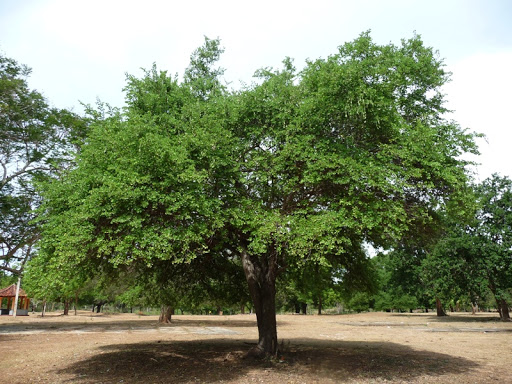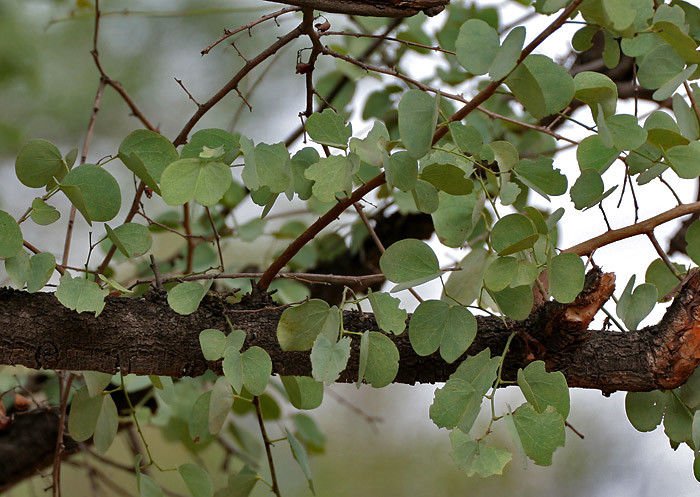BIDI LEAF TREE
Bauhinia Racemosa
|
Reference No : |
0000013 |
|---|---|
|
Scientific Name : |
Bauhinia Racemosa |
|
Sinhala Name : |
මයිල (MAILA) |
|
Tamil Name : |
ஆத்தி (ATTI) |
|
Other Common Names : |
|
|
Synonyms : |
|
|
Plant Family : |
Fabaceae |
|
Plant Group : |
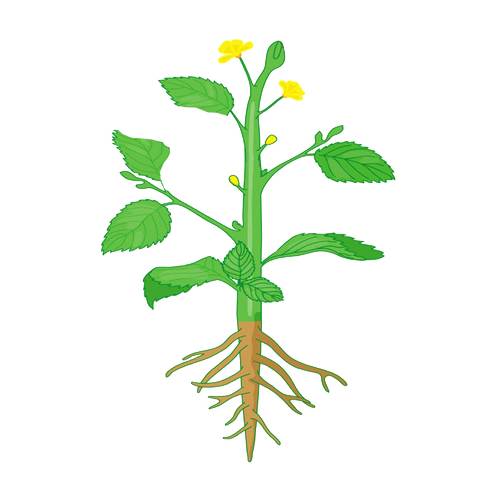 Angiosperms (Enclosed Seed) |
|
Plant Types : |
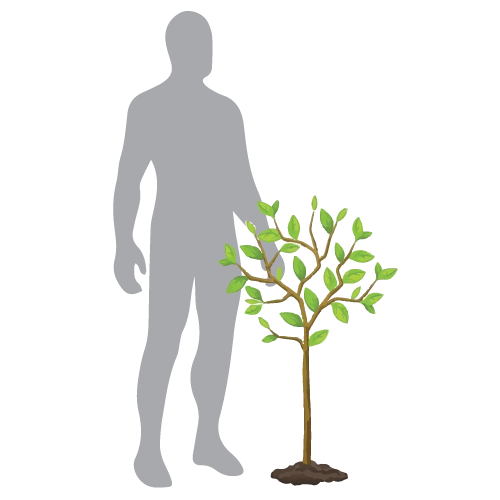 Small Tree
Small Tree
|
|
Crown Architecture : |
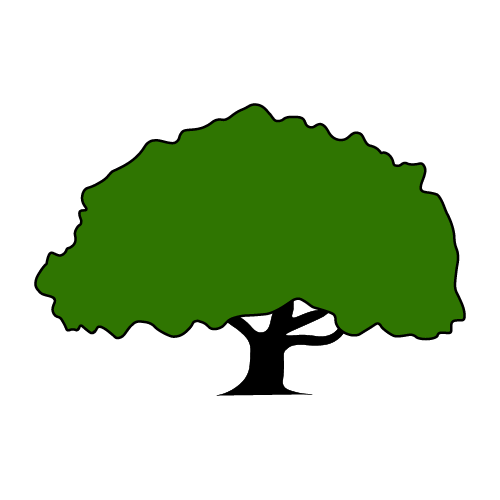 Spreading Canopy
Spreading Canopy
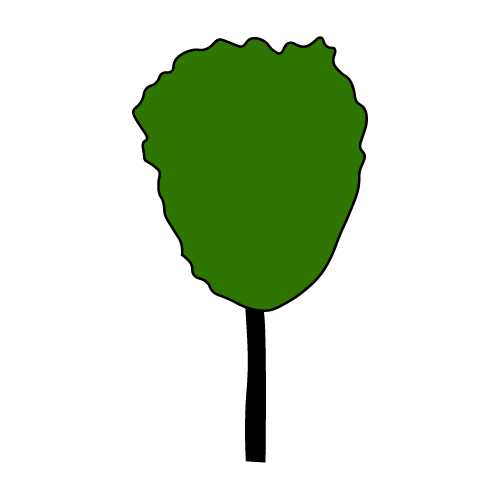 Upright Standard Canopy
Upright Standard Canopy
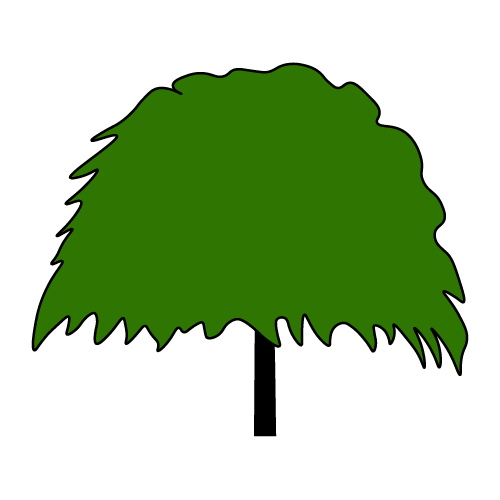 Weeping Standard Canopy
Weeping Standard Canopy
|
|
Plant Categories : |
Beach side plant; Border Plants; Canopy plants; Common Landscaping Plants; Courtyard Plants; Dry Zone Plants; Flowering Plants; Forest Trees; Hedging Plants; Herbal Plants; Intermediate Zone Plants; Light Green Plants; Low leaf density plants; Low Maintenance Plants; Medium Size Trees; Ornamental Plants; Parking Area Plants; Roadside Plants; Rooftop Plants; Sacred Plants; Seasonal Plant; Shady Plants; Small Leaves Plants; Small Shrubs; Fast Growing Plants; Sun Loving Plants; Trees; Wild Plants; Partially Deciduous Plants; Forest plants |
|
Native Region(s) : |
Tropical Southeast Asia |
|
Plant Distribution(s) : |
Sri Lanka, India, Pakistan, Southeast Asia. and China |
|
Habitat : |
Dry river valleys in southern China. Dry, deciduous forests, frequent in grassy blanks and open spaces, and common also on dry hills; also in grassland, at elevations up to 1,500 metres in India. The Silviculture of Indian Trees publication. |
|
Elevation : |
Above sea level up to 1,650 m |
|
Trunk / Bole / Stem & Branches : |
Short, unbranched somewhat crooked bole |
|
Average Height : |
3 - 8 m |
|
Maximum Height : |
15m |
|
Average Width : |
8m |
|
Maximum Width : |
10m |
|
Root System(s) : |
Tap Root |
|
Propogation(s) : |
By Seeds; By Cutting |
|
Average Longevity : |
more than 50 years |
|
Maturity Longevity : |
10 years |
|
Medicinal Use : |
Yes |
|
Medicinal Value : |
Parts used in Medicine
Treatment for
|
|
Benefits & Uses : |
Strong fiber from the inner bark is used in rope-making The leaves are used in the production of beedi, a thin Indian cigarette. The inner bark yields a bast fiber that can be made into rude cordage, but which soon rots in water. It is reddish in color, very tough and strong, and has been used in the construction of bridges. The brown wood has irregular dark patches near the center. It is hard. The wood is not much used, though it makes a good fuel. |
|
Special Features : |
rare medicinal species Family Fabaceae have a symbiotic relationship with soil bacteria, this species is said to be devoid of such a relationship and therefore does not fix atmospheric nitrogen |
|
Plant Disease(s) : |
Root Rot Disease; Leaf Spot; Leaf scorch |
Foliage |
|
|
Leaf / Habit : |
Partially Deciduos |
|
Leaf Shape : |
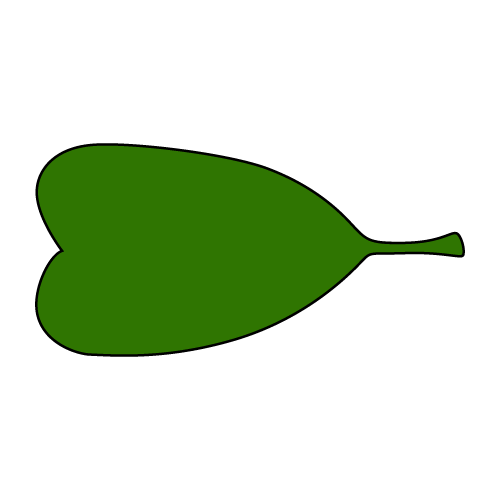 Obcordate shape
Obcordate shape
|
|
Arrangements : |
Simple |
|
Leaf Arrangement : |
 Alternate leaf arrangement
Alternate leaf arrangement
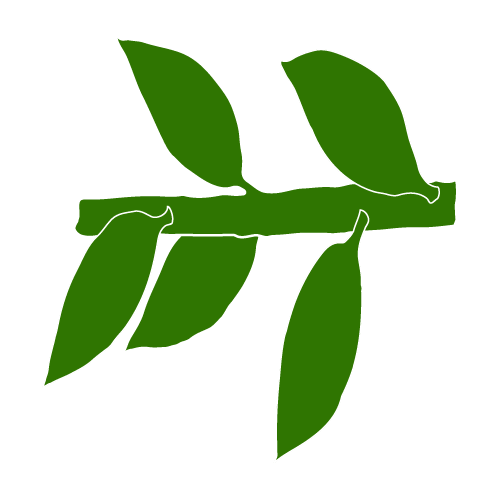 Spiral leaf arrangement
Spiral leaf arrangement
|
|
Leaves : |
Leaves: about 2–4 (–5) cm long. 2–5 (–7.5) cm wide Butterfly like Leaf. New leaves are sometimes produced before the old leaves fall Leaves Fall: May - June |
Flowering |
|
|
Is Flowering : |
Yes |
|
Blossoms : |
About 1.5–2 cm long; calyx spathaceous, puberulent, reflexed, 2- or 3-toothed; |
Fruiting |
|
|
Bears Fruits : |
Yes |
|
Fruit : |
Indehiscent, glabrous, about 12–25 cm long. 2 cm wide |
|
Fruiting Season : |
November; December |
|
Seeds : |
Many-seeded; seeds 7–8 mm long, oblong, compressed, black |
Maintenance |
|
|
Level : |
Low |
|
Soil Types : |
Silt Soil; Well Drained Soil |
|
Water : |
Low |
|
Sunlight : |
Full |
|
Humidity : |
High |
Edibility |
|
Legal Status |
|
If you find any errors, please email us at info@biophilia.lk
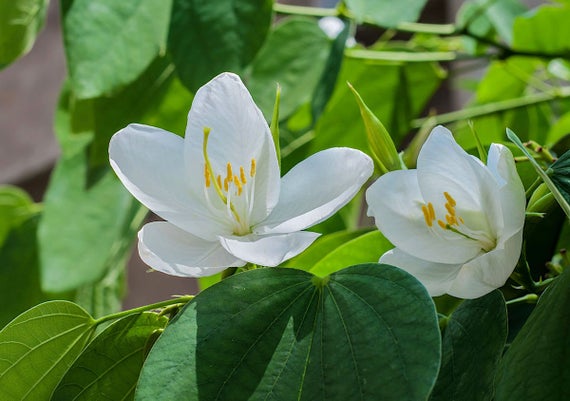
_leaves___fruit_pods_in_Hyderabad,_AP_W_IMG_7117.jpg)
